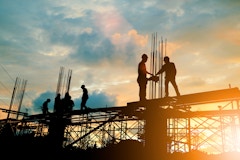
Surfing Uncertainty
We are all swimming in the wake of Covid-19. There are signs that things are slowly beginning to open up, although serious concerns remain among health professionals that governments, under increasing pressure to restart the economy, may be acting prematurely.


















